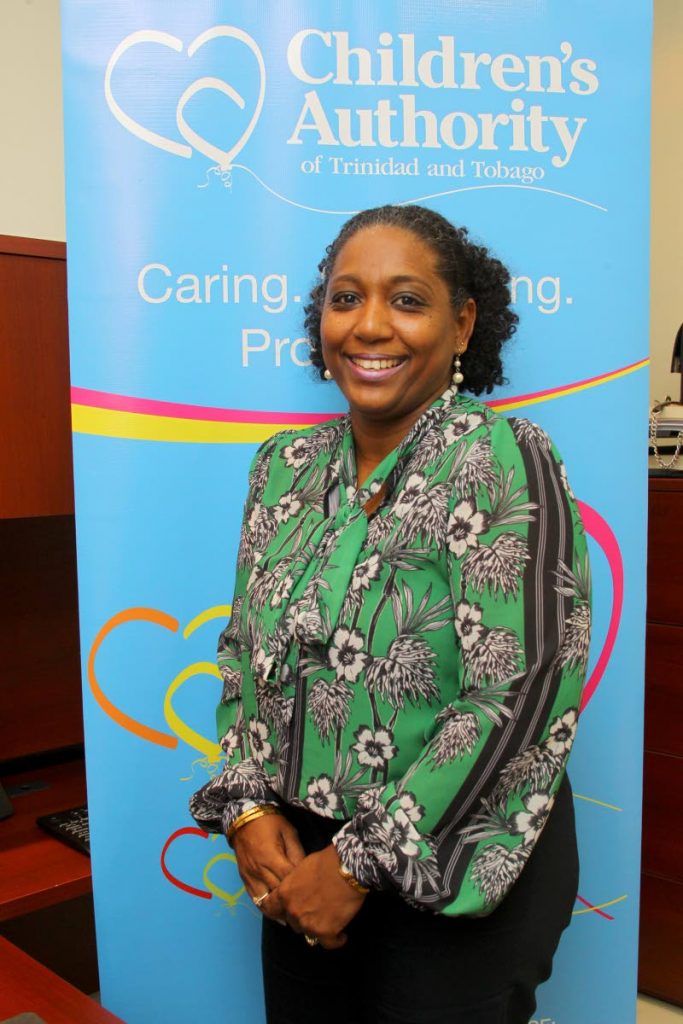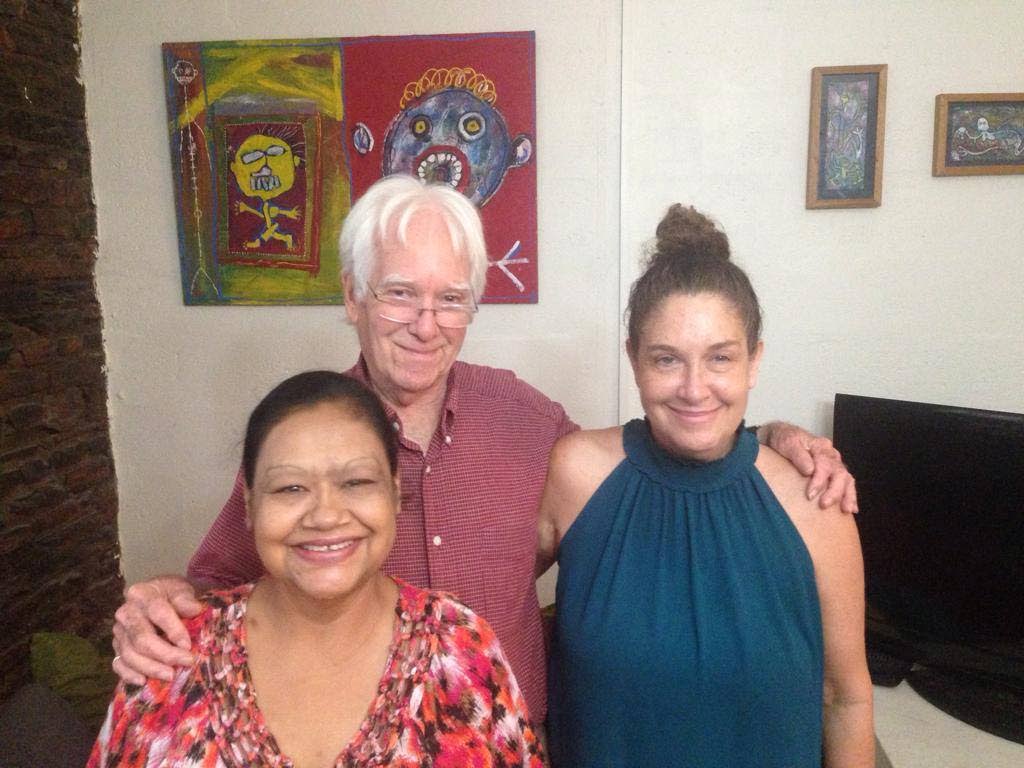How to adopt in TT

This is part one of Newsday's Beyond Blood series on different aspects of adoption. Keep posted to Newsday for part two with Melina Humphrey of the Children's Authority as she discusses the status of children up for adoption.
RON JULIEN was four years old when his parents left him at his adoptive family's home. His parents were drug addicts and he was frequently abused.
Kirsten McLean was born on a Kalinago reserve in Dominica. Though she has the blood of the First People, she does not know much about her ancestry as she was raised by a Trinidadian family. However, she amazed her adopted father who gave her a carving set and she instinctively whittled
a canoe.
November is Adoption Awareness Month, a time to raise awareness about the experiences of being adopted and how a child can be adopted.
Adoptions are not common in TT. The Children's Authority was set up in May 2015 to oversee all adoptions. Before that, the Adoption Board was responsible for them.
Last year, 11 children were adopted. Currently there are 55 homes on the authority's list waiting to adopt a child.
However, there is only a tiny pool of children to be adopted, as most children in community residences
or foster care are not orphans, but are in state custody because their parents are unable to care for them or they were removed by the court.

- ROGER JACOB
Newsday spoke to Melina Humphrey, adoptions manager at the Children's Authority, at the authority's office on Wrightson Road, Port of Spain, about the adoption process, adoption statistics and the status of children up for adoption.
Since 2015, 35 children have been adopted. Twenty-six adoptions were open and nine closed. An open adoption legalises an arrangement in which the child has been living with a guardian, perhaps a relative, after their birth parents died, or someone marrying into a family may adopt their spouse's child. This kind of adoption is more common.
Humphrey explained, "Most of those children, when they come to us they're already living with persons for five years or six years. So for those open adoptions, it is just a matter of wanting to formalise an arrangement."
The main benefit of an open adoption is that the child has legal rights to inheritance, like a biological child.
In a closed adoption, it is the authority's responsibility to match a prospective parent with a child, based on the profile the parent filled out when requesting a child.
Previously, there were a number of restrictions on people wanting to adopt, based on age, marital status and gender. However, an amendment to the Adoption of Children Act in 2015 removed these conditions. Anyone interested in adopting a child can submit an application form.
The authority's adoption committee oversees the adoption process. The committee comprises the adoption manager, psychologists, a paediatrician, a representative from Tobago, NGO representatives and a family law attorney.
The application process includes a police background check, a medical exam, religious and ethnic identification, and financial status. The financial status is to ensure the parents are able to care for the child. There is no strict limit on how much money a potential parent should have, but it should be sufficient to care for the child's needs.
The prospective parents also have to undergo a psychosocial investigation to determine their suitability.
"Now, we are not saying if you live in a wooden house, you're not suitable. Or if you don't have any savings in the bank, you're not suitable.
"But we do all of these things because we want to make sure you are capable of providing not only financial care but love and support stability to this child," Humphrey said.

An adoption applicant is also asked if they would be willing to accept children who have: a history of physical abuse or neglect; been exposed to alcohol or drug in the womb; a history of sexual abuse; challenging behaviour; history of mental illness; adverse parent background; chronic illness such as diabetes or asthma; of different religious faith; developmentally delayed; a different ethnic or cultural background; or learning disorder.
Humphrey explains that, for instance, if a child has experienced sexual abuse, "This child would require counselling support. And the adoptive parent must be willing to want to continue and be willing to first take that child, and actually carry through with the care."
She could not say how many children in the system this applies to, as the authority is yet to gather a pool of children for adoption.
The adoption committee also does a home assessment. They visit the home and interview the applicants to assess their capacity as parents. The parents' views on discipline and religion are taken into consideration.
"All of those things we compile for our suitability report, which then determines somebody's fitness to be able to provide care for a child.
"For the closed adoption, once the prospective parent or parents are found suitable to adopt, they are put on a waiting list until a child becomes available that matches the description that they want.
"Without a pool, that waiting time on the list is long. We cannot tell you that you're going to get a child in a year in two years or three years, whereas if we have a pool, then we should be able to maybe find a match."

Once a child is matched with the adoptive parent, the authority sets up ten interaction sessions.
"These are sessions that allow the prospective adoptive parent and the child to bond and build a relationship. So we usually have those sessions, which can be ten sessions one day per week for ten weeks. It varies depending on the number of children."
Currently the authority is trying to match three siblings with a couple. Because there are three children, an hour would not be sufficient bonding time.
These sessions are supervised by one of the authority's case workers, who will observe the interaction and dynamics between prospective parent and child and report on what transpired. At the end of the sessions, the committee determines if the relationship between the parent and child was satisfactory. If all is well, the adoptive parent gets recommended for placement.
There is a six-month probationary period before the adoption is finalised, but that time can be waived or reduced at the discretion of the adoption committee.
During the probationary period, the caseworker makes both scheduled and unannounced visits to determine if all is well with the family.
"If it is, let's say we recognise something happening, we could say to the adoption committee, we want to extend this probationary period. Let's say we may realise the prospective adoptive parent might need some parenting skills or parenting support; we could ask the committee to extend probation so they could get that parental support."
When the probation period ends, the adoption is finalised in court.
"Once it's final, it's your responsibility as the adoptive parent as if you are the birth parents."


Comments
"How to adopt in TT"